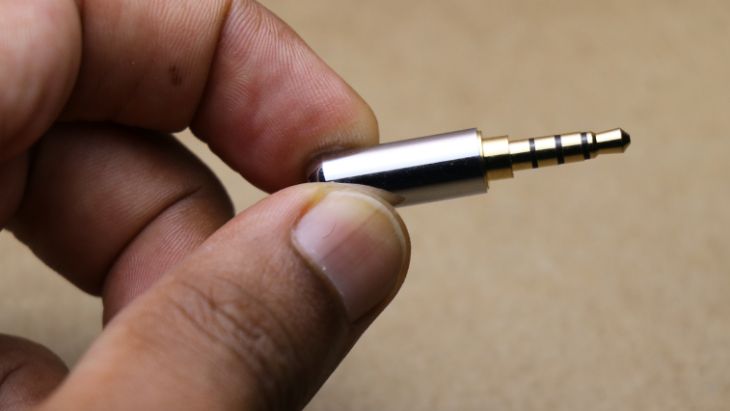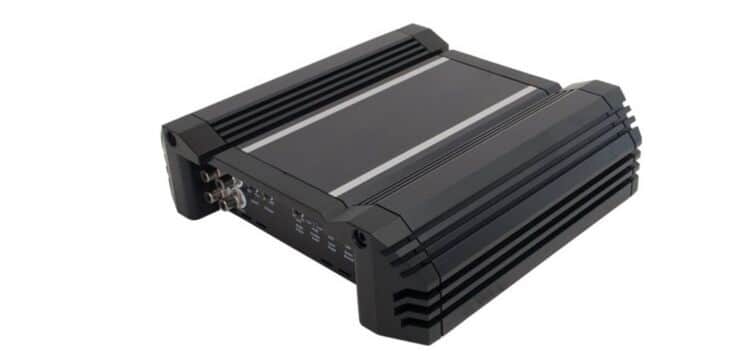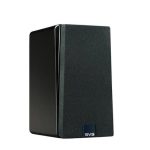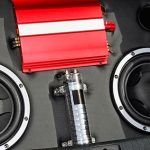Today, most receivers come with a built-in amplifier. However, these amplifiers are generally weak. They don’t output enough power to feed powerful speakers and subwoofers. Thus, you may have to connect the receiver to a standalone external amplifier for your sound system to produce enough sound output.
To connect a receiver to an amplifier, you need to ensure that the receiver has pre-out ports. Basically, you connect one end of a speaker cable to the pre-outs on the receiver and connect the other end of the speaker cable to the amplifier pre-ins.
However, some receivers don’t have pre-outs. If that’s the case, how will you connect the receiver to an amp? In this guide, you’ll learn more about connecting an amplifier to a receiver without pre-outs.
What is a pre-out on a receiver?
Pre-outs, also known as line-outs, are used for connecting a receiver to an external amplifier rather than using the built-in amp in a receiver. Pre-outs transmit unamplified signals to the amplifier for high-quality amplification. Thus, they allow for enhanced sound quality.
The main benefit of using a standalone amplifier to power speakers or subwoofers is that it offsets the receiver’s workload. Consequently, the receiver can perform its functionalities with enhanced efficiency since the role of amplification is left to the amplifier.
Pre-outs convert a receiver into a processor (pre-amp) since the speakers and subwoofers are powered by an external amplifier rather than powering them directly with the receiver. Although pre-outs are not a major concern when buying a receiver, they allow for extra flexibility when upgrading your car speakers and subwoofers with more powerful ones that the receiver may not be able to power.
How do you connect an amplifier to a receiver without pre-outs?
If your receiver doesn’t have pre-outs, there’re ways you can connect it to an amplifier. Thus, you don’t have to buy a new receiver just because your current receiver doesn’t have pre-outs. Now that you know what is pre-out, let’s discuss how you can connect an amplifier to your receiver without pre-outs.
Option #1- Connect through speaker outputs
Almost all receivers come with speaker outputs. Speaker outputs are high-level outputs. In this case, connect one end of a pre-out cable to the speaker outputs on the receiver. Next, connect the other end of a pre-out cable to the line-level inputs on your amplifier. You may use a line level converter (LOC) to convert speaker level signals to line level signals in some instances.
Option #2- Connect through tape-out
Some older receivers come with tape-out ports, also known as RCA stereo outputs. If you have such a receiver, you can connect it to the amplifier input. Tape out outputs line-level signals, making it possible to connect them directly to an amplifier without using a LOC.
Option #3- Connect through AUX

It’s also possible to directly connect your receiver to an amplifier through AUX. The AUX port is the 3.5mm port found on most receivers. It’s popularly known as a headphone jack. In this case, you’ll need a 3.5mm AUX to RCA cable to make the connection. Simply plug the 3.5mm jack pin into the receiver and plug the end with the RCA connectors into the amplifier RCA inputs. However, this method will only give you stereo sound output. If you’re using a surround sound speaker system, then you’ll need a stereo to surround sound converter to feed the amplifier with a multichannel signal.
What are the benefits of using a receiver without pre-outs?
Although receivers with pre-outs offer enhanced flexibility, a receiver without pre-outs also comes with several advantages including:
1. Affordability
Generally, receivers that don’t have pre-outs are more affordable than those with pre-outs. Receivers with pre-outs are often high-end models that are quite pricey. As you can see, you can work with a receiver that doesn’t have pre-outs, especially if your budget is tight.
2. Fewer cabling
When connecting an amplifier to a receiver without pre-outs, you’ll only need a single speaker cable. With pre-outs, you’re more likely to use more cabling, especially when dealing with a multichannel surround sound setup.
Are there any disadvantages of using a receiver without pre-outs?
The main disadvantage of using a receiver without pre-outs is that the connection will only deliver a stereo signal. It cannot deliver a multichannel signal for surround sound. If you need surround sound, you’ll need to invest in a stereo to surround sound converter, which comes at an extra cost.
You may also read: The Best Amp for MTX Terminator Subs
Conclusion
Today, receivers with pre-outs are common. However, they’re often expensive, making them out of reach for some people due to budget constraints. Nevertheless, you can still connect an amplifier to a receiver without pre-outs. Thus, you don’t have to invest in an expensive receiver just because you want to connect it to an amp through pre-outs. Regardless, you can buy a receiver with pre-outs if your budget allows.
Michael Evanchuk is a San Francisco-based sound engineer with 20 years’ experience installing, troubleshooting, and repairing commercial, automotive, and household sound equipment. Evanchuk owns an auto stereo center, where he offers highly competitive car audio installation and repair services. He has written dozens of articles on different sound engineering topics, all of which have been published in leading journals, blogs, and websites.





